Complete Story
09/19/2017
September 22 is Falls Prevention Awareness Day
The New York State Podiatric Medical Association (NYSPMA) Raises Awareness with Steps for Reducing Falls
According the U.S. Centers for Disease Control, every 11 seconds an older adult is seen in an emergency room for a falls-related injury. Falls are the leading cause of injuries among older adults, causing severe injuries such as hip fractures and head trauma as well as death.
Falls, with or without injury, also carry a heavy quality of life impact. A growing number of older adults fear falling and, as a result, limit their activities and social engagements. This can result in further physical decline, depression, social isolation, and feelings of helplessness.
On September 22, the first day of fall, the National Council on Aging (NCOA) is hosting its annual Falls Prevention Awareness Day. This year’s theme is “10 Years Standing Together to Prevent Falls,” and the New York State Podiatric Medical Association (NYSPMA) is joining in to raise awareness about how to prevent fall-related injuries among older adults.
Because one of the main causes of falls involve factors such as muscle weakness, arthritis, and a decline in foot strength and flexibility, podiatrists play an important role in reducing and preventing falls.
“Podiatrists play a vital role in the prevention of falls for seniors,” says Dr. Patricia Nicholas, DPM, a Long Island-based podiatrist and President of the NYSPMA. “Podiatrists are trained to identify patients who are at risk for falls and are able to address the primary biomechanical problems that cause falls.”
Many falls are preventable. The NYSPMA offers these stay-safe tips:
- Find a good balance and exercise program. A low-impact exercise program will helpreduce the risk of falls by improving strength, balance, coordination, and flexibility.
- Wear sensible shoes. Wear shoes that are not just comfortable, but also provide firm grip on flooring surfaces. Trade high heels, floppy slippers, and sandals for a well-cushioned athletic or running shoe with a broad outsole.
- Ensure that the shoe fits properly. Ill-fitting shoes can cause pain if they are too small. If they are too large, the chance of tripping is increased due to the amount of foot motion that occurs within the shoe.
- Check your meds. Review medications regularly with a medical professional or pharmacist and only take them as prescribed since side effects can increase the risk of falling.
- Keep your home safe. Remove tripping hazards, increase lighting, make stairs safe, and install grab bars in key areas.
Talk to your podiatrist to take steps to create a fall risk management treatment plan to lead a safe and active life. Visit www.nyspma.org for more information on foot health care or to find a podiatrist in the New York State area, and follow Facebook and Twitter.
Visit The National Council on Aging for more information on its annual Falls Prevention Awareness Day.




